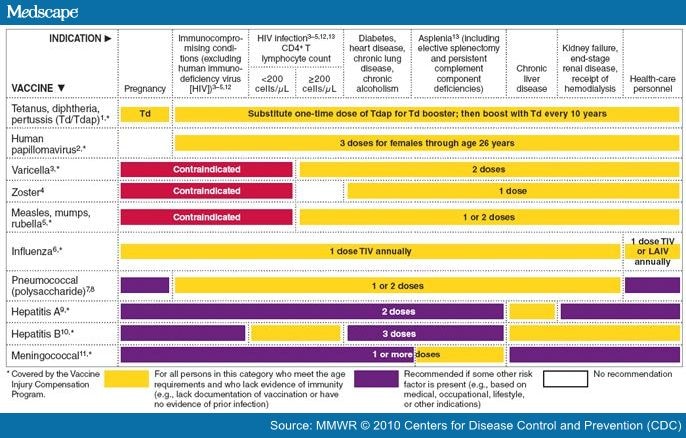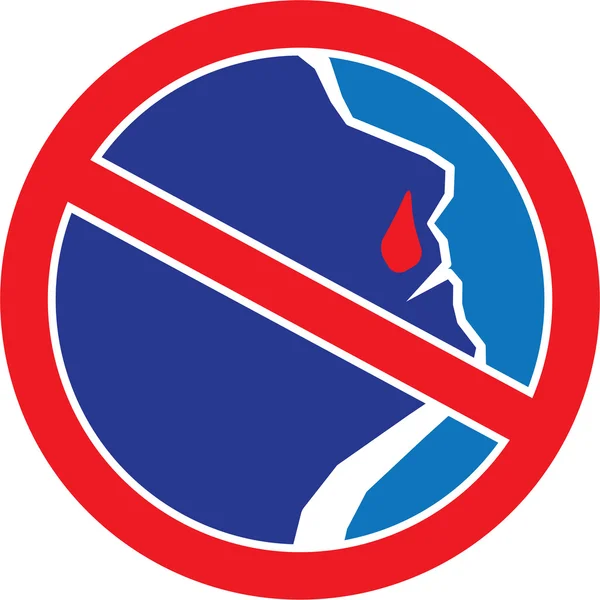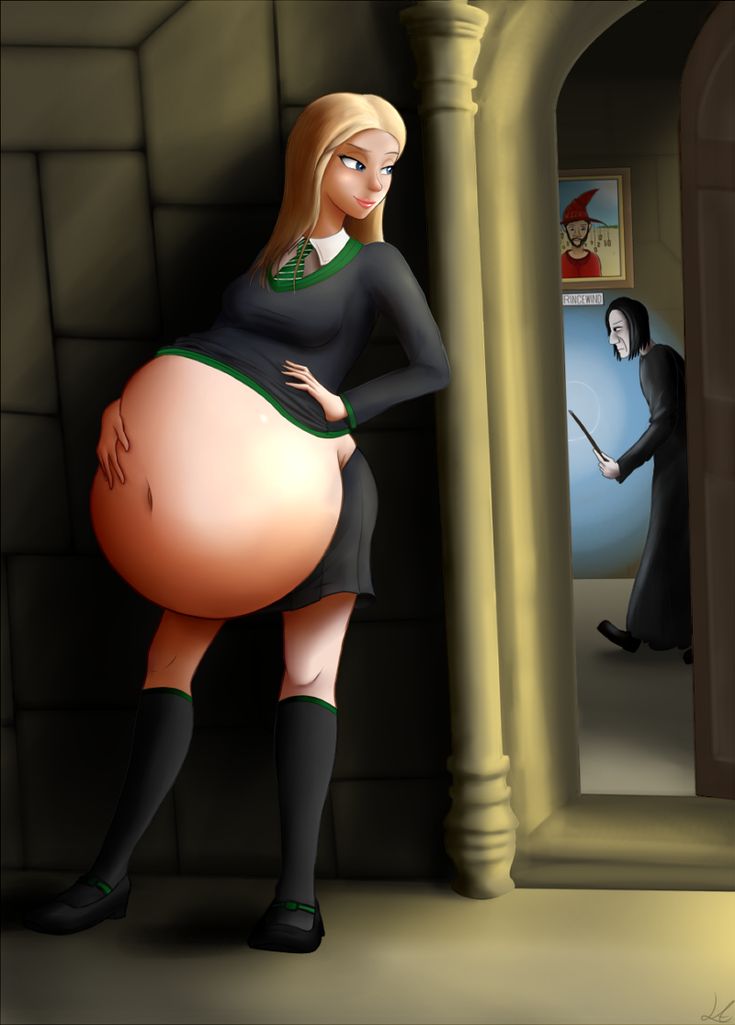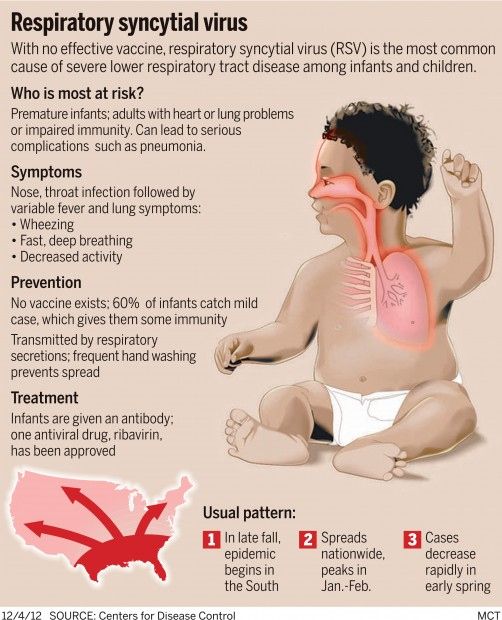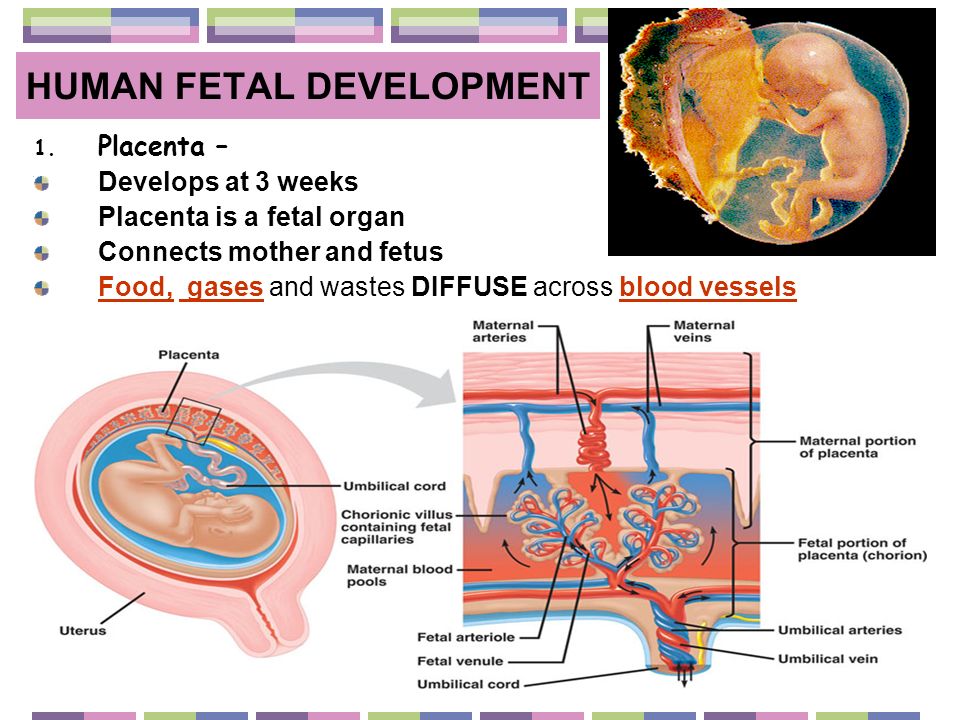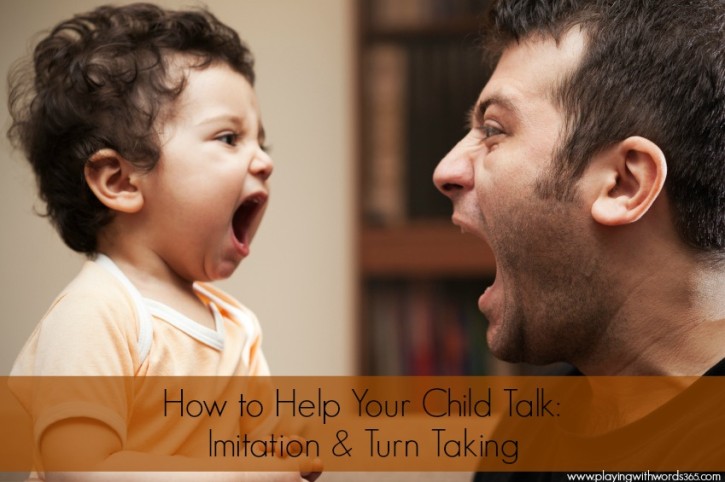What is a hip click
When to Worry About Your Child’s Hip Click
Sometimes parents notice a clicking or popping sound with the movement of their baby’s legs. We spoke to a pediatric orthopaedic surgeon for advice on what to do if this is the case.Jan. 27, 2022 • 4 min read
The hip is a ball-and-socket joint, meaning that the femoral head (the top of the femur) is shaped like a ball and sits within the cup-like socket in the pelvis. In some cases, parents may notice abnormalities when an infant or young child’s legs are moved, such as a clicking sound or the feeling of looseness or displacement of the hip.
James Engels, MD, a pediatric orthopaedic surgeon with Rochester Regional Health, advises parents on what to do if their child has a hip click and provides need-to-know information on hip dysplasia.
What is a hip click?
A “hip click” refers to an audible clicking or popping sound that occurs when a baby’s hips are being examined or moved around. Most clicks are not problematic.
There are tendons or ligaments associated with an infant’s hip joint that can make a snapping or popping sound for a variety of reasons. A hip click could be a sign of abnormalities in hip development, but further examination and possible testing are required to reach a diagnosis. More importantly, instability or displacement of the hip is a significant concern for hip dysplasia.
“A child that has a hip click or hip instability should be monitored for hip dysplasia or other developmental abnormalities. This is something that is usually caught early on by physicians during well-child visits.”
Should my newborn receive a hip exam?
After a child is born at the hospital, pediatric specialists perform a newborn examination. During this thorough physical exam, a specialist will check the baby's hips and legs for abnormalities to assess for hip dysplasia. They do this by gently pushing and pulling the baby’s thigh bones to see how they move in the hip socket.
“If we notice an abnormality in a newborn’s hips, we may order an ultrasound to get a more in-depth look. Once we perform further examinations and testing, we can determine the best way to treat the problem,” said Dr. Engels.
Are there risk factors for hip dysplasia?Some factors may lead to a greater likelihood that a child will have hip dysplasia, such as:
- if a primary relative of the child had hip dysplasia (a parent or sibling)
- if there was an extended breech position while the baby was in the womb
- a specialist detects laxity during the newborn hip screening exam
If any of the above are present, the patient should receive further testing to check for hip dysplasia.
Should my child see a doctor for their hip click?
Parents may notice clicking or popping sounds when their child walks or moves their hips or legs. In this case, they should schedule an appointment with their child’s pediatrician for an examination. After the exam, the pediatrician can determine whether further evaluation from a pediatric orthopaedic surgeon is necessary.
After the exam, the pediatrician can determine whether further evaluation from a pediatric orthopaedic surgeon is necessary.
Children should have routine well-child visits from the moment they are born up through age 21. For children under 2, these exams occur 2-3 months. At these early visits, a physician will check their hips and legs for signs of hip dysplasia or other abnormalities.
If there is no detection of hip dysplasia or other abnormalities and your child is experiencing a hip click after three or more years of age, schedule an exam with their pediatrician to check for any undetected orthopaedic abnormalities.
“Abnormalities or signs of problems in the hip joints can often be identified at the child’s routine well-exams, especially during the first few years of life. However, if a parent notices clicking, popping, abnormal walking pattern, they should schedule an additional exam with their pediatrician.”
What is hip dysplasia?
Hip dysplasia is a condition in which the hip socket does not fully cover the ball of the upper thighbone, allowing the hip joint to become partially or completely dislocated.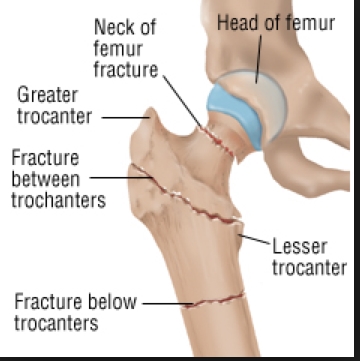
Hip dysplasia can damage the cartilage lining in the hip joint, and in some cases, can lead to loss of the soft cartilage that lines the socket portion of the hip joint, resulting in a painful arthritic hip. That’s why early detection and treatment of hip dysplasia is so important.
Hip dysplasia symptoms
Signs and symptoms of hip dysplasia vary based on age and severity. A hip click may be a sign of hip dysplasia, but it does not guarantee the condition.
Symptoms of hip dysplasia may include:
- Pain in the hip
- Loose or unstable hip joint
- Limping or abnormal walking patterns
- Unequal leg lengths
- Loss of motion
“Many of the signs of hip dysplasia go unnoticed in everyday life, which is why it’s so important for infants to have routine well-child exams that include hip screen examination right from the moment they’re born. This way, we are more likely to detect any abnormalities early on and begin treatment as needed,” said Dr.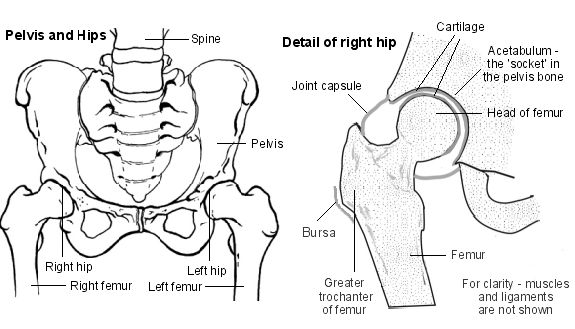 Engels.
Engels.
Hip dysplasia treatments
Pavlik harness
The most common treatment for hip dysplasia in infants is a Pavlik harness. The Pavlik harness is a soft splint that helps keep the infant’s hips and knees bent and the thighs apart. An infant treated with a Pavlik harness stays in the harness at all times of day and night.
In most cases, the infant will wear the harness for 3-4 months and will be monitored as they grow.
“The Pavlik harness is very comfortable for baby. It’s soft and easy to clean. Most importantly, it is extremely effective in treating and curing hip dysplasia,” said Dr. Engels.
Semi-rigid orthosis
If an infant’s hips do not stabilize with the Pavlik harness, or if hip dysplasia is diagnosed later than 6-8 months of age, an orthopaedic physician may prescribe a semi-rigid orthosis.
Instead of a harness, this is more like a brace that keeps the infant’s legs and hips in a more stable and secure position.
Surgery
In severe cases, an infant may need surgery to correct the development of their hips.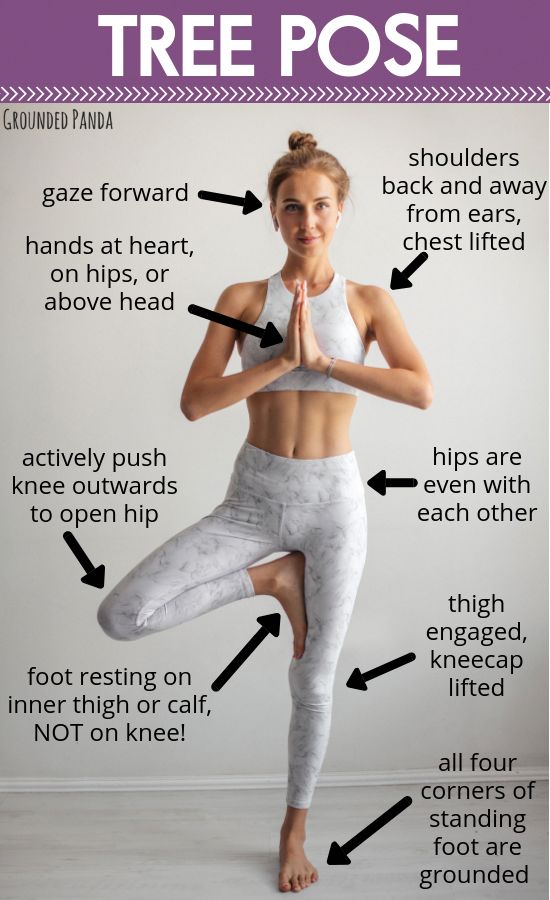 There are two types of surgical options: closed reduction surgery and open reduction surgery.
There are two types of surgical options: closed reduction surgery and open reduction surgery.
Closed reduction surgery occurs under general anesthesia and the infant's hip is placed back into the socket. To help with this process, a tendon in the groin is usually lengthened through a small incision. The infant is then put into a body cast, bracing the pelvis area to hold their hips in position.
In open reduction surgery, under general anesthesia, an incision is made to put the hip back into place. This option is for severe cases in which bones may also need to be cut to help keep the hip in place.
“After any surgical option, we follow-up with the patient routinely until they’re at least 5-7 years of age. We continue to check on their development to ensure everything is healthy."
NEXT STEPS Personalized Bone & Joint Care
At any age, orthopedic conditions can keep us from the basic tasks that mean so much.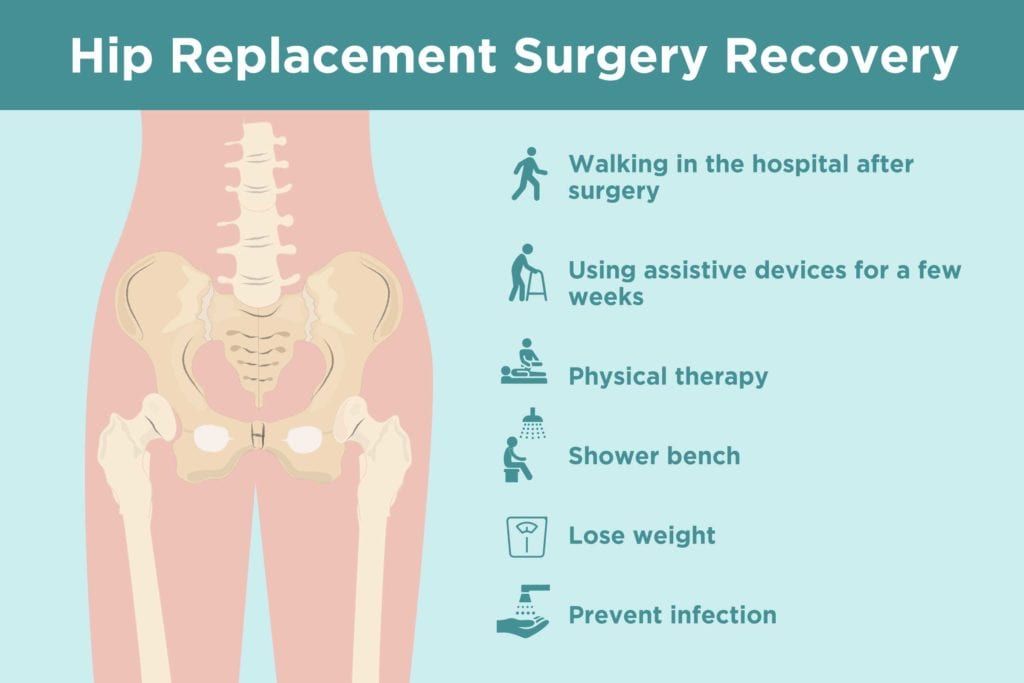 Using advanced and proven techniques, and drawing on the resources and talents of our full regional network, our team will provide you with personalized care – and the freedom of a happy, active life.
Using advanced and proven techniques, and drawing on the resources and talents of our full regional network, our team will provide you with personalized care – and the freedom of a happy, active life.
Learn More
How to Fix a Clicking Hip
Snapping hips can be a scary sound for any athlete. However, there is no need to be alarmed if you notice your hips making a snapping, clicking or popping noise. Clicking hips are actually a fairly common condition among active people, and there are plenty of remedies to reduce hip pain.
In this article, we'll look at what causes clicking hips, what dancer's hip is, who is most at risk of developing these conditions, and how to prevent and treat snapping hips. If you've experienced clicking hips recently, keep reading to find out how to relieve your hip pain.
What Causes Hips to Click?
Whenever a hip starts to click, it is usually due to snapping hip syndrome (SHS), a hip disorder medically referred to as coxa saltans.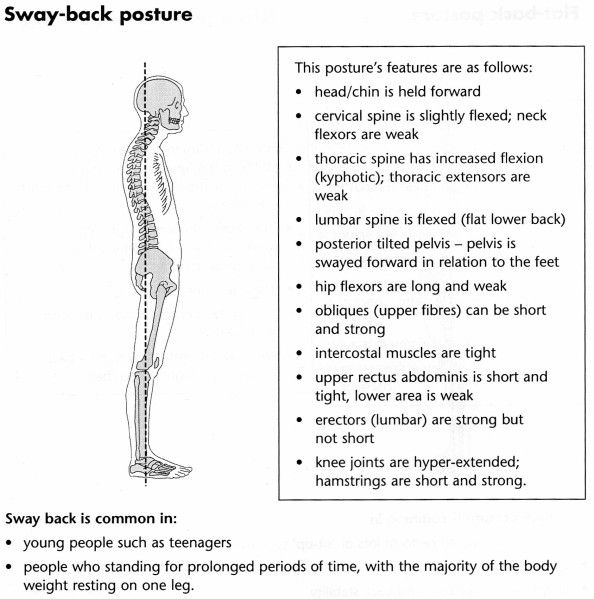 SHS occurs when the muscle tendons around the hip joint become inflamed and begin to click as they rub over the hip socket bone. Because stretching the tendons creates extra tension, someone with SHS can typically hear a snapping sound or feel a snapping sensation when moving their hip joint.
SHS occurs when the muscle tendons around the hip joint become inflamed and begin to click as they rub over the hip socket bone. Because stretching the tendons creates extra tension, someone with SHS can typically hear a snapping sound or feel a snapping sensation when moving their hip joint.
There are three different types of SHS, and the root cause of a clicking hip depends on the type. Below are the three variations of SHS and what causes them:
1. External SHS
External SHS is the most common type. The condition occurs when the iliotibial band slides over the top of the femur along the outside of the hip. Also known as the IT band, the iliotibial band runs along the outside of the thigh and consists of connective tissue called fascia. When this connective tissue gets too tight, it has trouble sliding over the femur and may make a snapping noise during hip movement.
Pain and tenderness due to external SHS are typically felt along the outside of the hip. Because the IT band plays such a large role in hip mobility, those with external SHS may experience snapping when running or climbing stairs.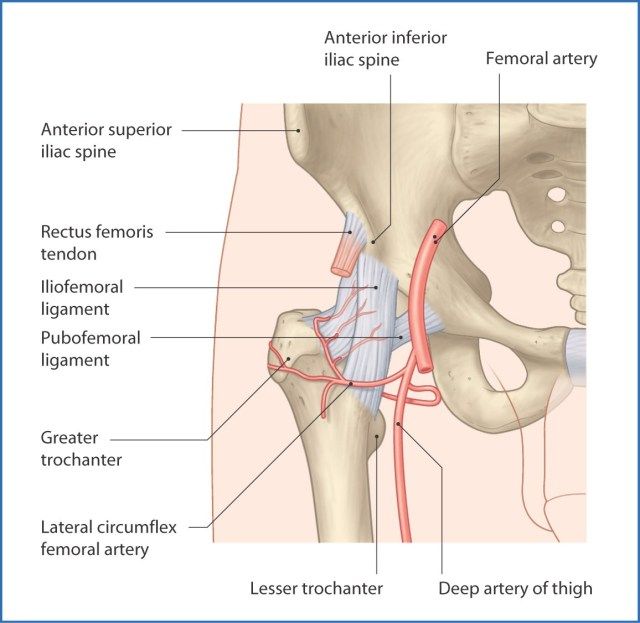 External SHS symptoms may worsen over time to the point where it hurts to even lie on the affected hip at night.
External SHS symptoms may worsen over time to the point where it hurts to even lie on the affected hip at night.
2. Internal SHS
Another form of SHS that involves the hip muscle and tendons is internal SHS. Internal SHS is typically caused when the iliopsoas tendon — which connects the inner hip muscle to the thigh bone — moves over the pelvic bone, resulting in the hip muscle or tendons sliding over the front of the hip joint. Alternatively, internal SHS may be caused by the quadriceps muscle moving over the ball portion of the hip's ball-and-socket joint.
Unlike external SHS, internal SHS is felt in the front part of the hip and may include pain near the groin area. Those with internal SHS usually experience gradually worsening symptoms and may even hear popping when they run.
3. Intra-Articular SHS
As opposed to external and internal SHS, intra-articular SHS is not caused by a muscle or tendon issue. Instead, a preexisting hip joint problem or injury can lead to intra-articular SHS.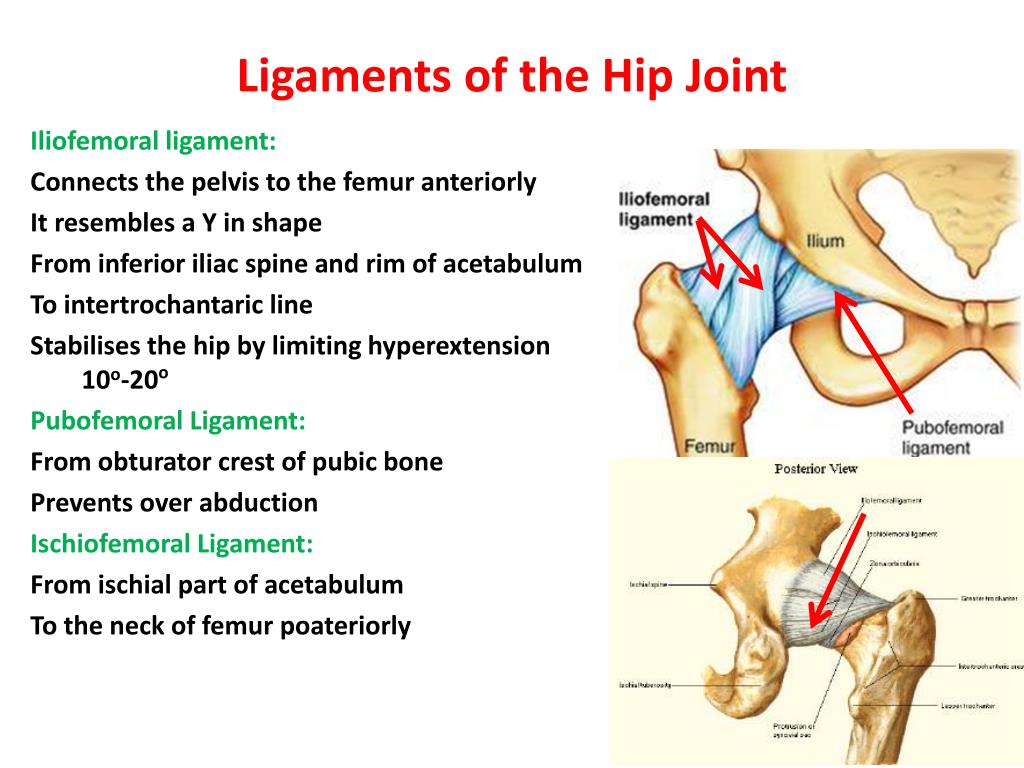 Because it stems from a prior injury or trauma, this condition can occur suddenly.
Because it stems from a prior injury or trauma, this condition can occur suddenly.
The three most common intra-articular SHS causes include:
- An articular cartilage injury — any injury that affects the cartilage around the ball or socket of the hip joint.
- An acetabular labral tear — a rip in the cartilage that lines the hip socket.
- Broken bone fragments of loose tissue getting trapped between the hip's ball-and-socket joint.
What Is Dancer's Hip?
Because of the technical maneuvers required for certain moves, snapping hip syndrome is especially common in ballet dancers and SHS is often referred to as dancer's hip. Just like SHS, dancer's hip involves popping or snapping hips when moving the legs in certain ways. Although the snapping noises that accompany dancer's hip are often painless and harmless, they may sometimes involve pain and weakness in the hips.
Dancer's hip typically refers to internal SHS when the iliopsoas tendon rolls over the hip bone during flexion and external rotation.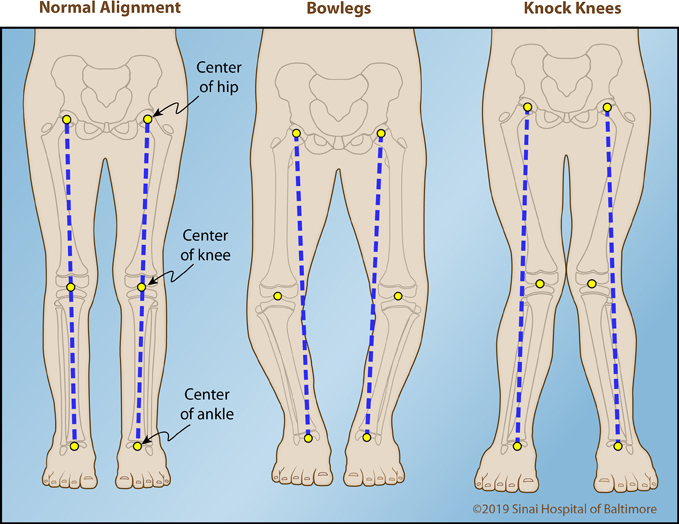 Excessively tight quads can also lead to dancer's hip symptoms. Considering dancers must repeatedly rotate and lift their legs to execute certain moves, dancer's hip can make performing uncomfortable or painful, which can derail training.
Excessively tight quads can also lead to dancer's hip symptoms. Considering dancers must repeatedly rotate and lift their legs to execute certain moves, dancer's hip can make performing uncomfortable or painful, which can derail training.
More severe cases of dancer's hip may include pain, inflammation, muscle weakness, swelling and the feeling that the hip is coming out of place. In its worst form, dancer's hip can result in hip bursitis, which is the painful swelling of the fluid-filled sacs surrounding the hip joint.
Who Typically Develops Clicking Hips?
Although clicking hips can happen to anyone, SHS is most common in females. Of course, dancers are especially prone to developing dancer's hip. However, snapping hips can be a problem for any athlete involved in a sport or activity that requires repetitive bending at the hip. Specifically, high-mobility sports such as soccer, running and gymnastics put participants at a greater risk of SHS.
Because SHS is typically caused by tightness in the muscles and tendons around the hip area, those who neglect to stretch and build up their flexibility are especially at risk of developing snapping hip syndrome. Young athletes, in particular, are more likely to have clicking hips because tightness in the hip's muscle structures is a common side effect of adolescent growth spurts.
Young athletes, in particular, are more likely to have clicking hips because tightness in the hip's muscle structures is a common side effect of adolescent growth spurts.
How to Prevent and Treat Clicking Hips
Although clicking hips is usually not a serious condition, leaving SHS untreated could lead to worse symptoms and even early onset joint degeneration. Fortunately, there are many conservative treatment options to alleviate snapping hips and mitigate hip pain.
Building up the hip's strength and flexibility can help reduce an athlete's chances of developing SHS. Along with strengthening the hips, strengthening the core can also decrease the likelihood of hip pain from clicking hips. Simple exercise moves to work the hip muscles include clamshells and glute bridges.
Along with strengthening the muscles surrounding your hips, try these five tips for relieving snapping hips:
1. Rest
Allowing your hip to rest from any rigorous activity may help lessen SHS symptoms.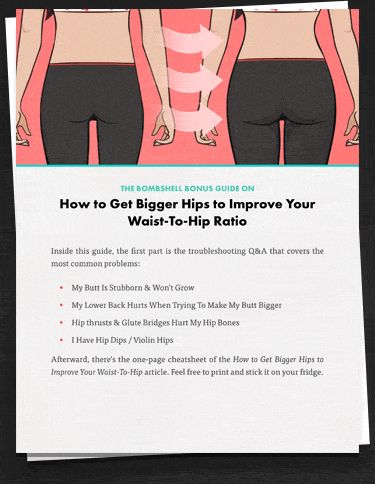 Taking a break from a certain sport will give your muscles and tendons time to repair themselves and heal. While resting, try placing a cold compress on the affected area to reduce inflammation and pain.
Taking a break from a certain sport will give your muscles and tendons time to repair themselves and heal. While resting, try placing a cold compress on the affected area to reduce inflammation and pain.
2. Warm Up
Once you return to your regular activities, be sure to warm up thoroughly before jumping into your workout. Warming up will help loosen up your muscles and prepare your body for the movements it is about to perform. Taking the time to warm up before exercising will reduce the risk of developing SHS by promoting blood flow to keep the muscles flexible and pliable.
3. Wear the Right Shoes
You can avoid suffering from tight or weak hips by wearing shoes that provide proper arch support when you exercise. The shoes you wear to work out should be comfortable while giving your feet the stability they need. Because most dance shoes, such as ballet slippers, offer little to no arch support, it is essential for ballerinas and other dancers to wear supportive footwear off stage.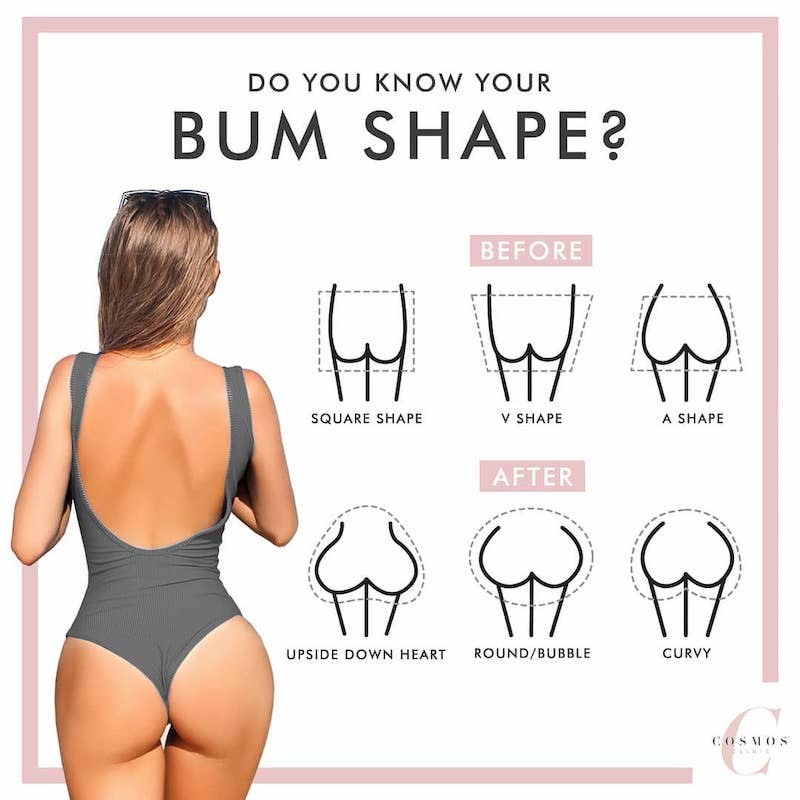
4. Stay Hydrated
Drinking enough water each day will help keep your joints lubricated, which aids the range of motion in the hips. Because water also moves essential nutrients throughout your body, staying well-hydrated will improve your muscle performance and enable you to build more hip strength and stability.
5. Stretch
Stretching out your hips and legs after working out can help relieve hip tightness and pain. Lengthening and stretching your IT band and iliopsoas tendon can help reduce the tension in these areas and decrease hip snapping. Be sure to take time to stretch your IT band, hip flexors and hamstrings back out after every exercise session.
Contact Dr. Gombera for Hip-Related Pain and Injuries
Even after taking measures to strengthen and stretch your hips, you can still experience snapping hips and hip pain. If you're suffering from a hip injury or hip-related pain, contact Dr. Gombera today to get expert care. Dr. Gombera is a trained orthopedic surgeon who specializes in knee, hip and shoulder injuries, which means he knows how to help patients recover as quickly as possible so they can get back to their usual activities.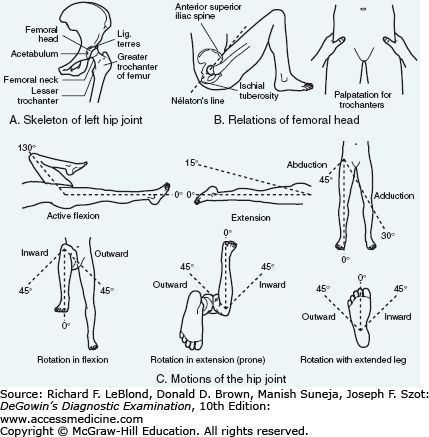
Dr. Gombera and his team offer minimally invasive, specialized treatment plans at their practice conveniently located at Fondren Orthopedic Group and Texas Orthopedic Hospital in the heart of Houston. They also service patients within the Beaumont and Cypress areas. To begin your road to recovery, book an appointment with Dr. Gombera online or call 713-794-3457 today.
Snapping Hip Syndrome - KinesioPro
Snapping Hip SyndromeSnapping Hip Syndrome is a phenomenon characterized by a clicking sensation and/or clicking sound that occurs in or around the hip joint as it moves. This condition has many causes. By origin, they can be classified as external, internal and intra-articular. For most people, this condition is just an annoyance, but in some cases, it can lead to pain and weakness that reduces a person's functional activity. nine0003
- External cause (most common) iliotibial tract vs greater trochanter of femur.
- Internal cause - iliopsoas tendon vs bony prominence of the pelvis.
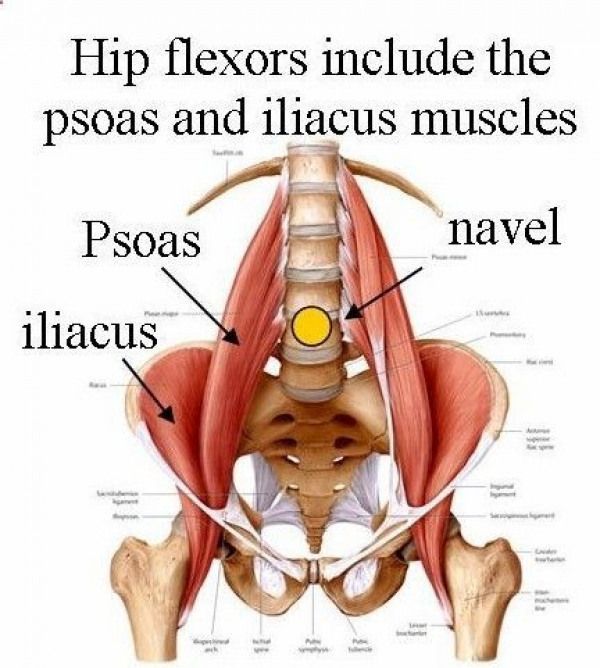
- Intra-articular causes - damaged cartilage and/or loose body within the hip joint, which can also lead to blockage of the joint.
Epidemiology/Etiology
Snapping hip syndrome or coxa saltans occurs in 10% of the population, with women more affected than men. However, there are no statistical data showing that gender plays a significant role. Hip pops are more likely to occur in people whose activities are associated with physical activities such as dancing, football, gymnastics and running, i.e. where there are conditions for injury due to overuse. nine0003
Characteristics/Clinical Picture
In most cases, this problem is benign. However, some patients may experience pain or weakness during hip flexion and extension, which significantly reduces their functional activity and quality of life.
Friends, on June 18-19, Moscow will host Yuri Sdobnikov's seminar “Running analysis, diagnostics of disorders. Prevention and treatment of injuries of the lower extremities.
Learn more…
In people with snapping hip syndrome due to an external cause, clicking or pain occurs gradually and is localized in the region of the greater trochanter of the femur. It doesn't have to be preceded by trauma. The clinical picture is quite clear: cracks occur during hip flexion and extension. Sometimes patients complain of a feeling of dislocation of the hip. People with snapping hip symptoms may also have coxa vara (varus position of the femoral neck), fibrous scar tissue, protruding greater trochanter, small pelvic lateral dimension, and the effects of surgery for anterolateral knee instability. nine0003
Our Telegram channel: https://t.me/kinesiopro
The problem of clicks in the hip due to an internal cause also has a gradual onset and is not associated with a previous traumatic event. Such patients complain of a painful sensation that occurs in the depth of the inguinal region during extension and internal rotation of the thigh. These movements are accompanied by clicks.
These movements are accompanied by clicks.
Patients with clicks due to an intra-articular cause report a sudden onset of the disease, associating it with a previous injury. Sources of clicks can be damage to the articular capsule, loose bodies settling in the acetabulum or synovial folds, a torn articular lip, and synovial chondromatosis). nine0003
Differential diagnosis
- Intra-articular lesions of the hip joint.
- Trochanteric bursitis.
- Iliopsoas bursitis.
- Iliotibial tract syndrome.
- Iliopsoas syndrome: a pathology of the hip joint characterized by clicking in the thigh due to an internal cause, iliopsoas tendinitis and iliopsoas bursitis.
Rating scales
- Lower Extremity Functional Scale (LEFS).
- Hip Disability and Osteoarthritis Outcome Score (HOOS).
Evaluation
Evaluation of a patient with snapping hip syndrome should include an analysis of the patient's symptoms: prevalence, location, time of onset, duration of disease, pain and disability, impact on activity.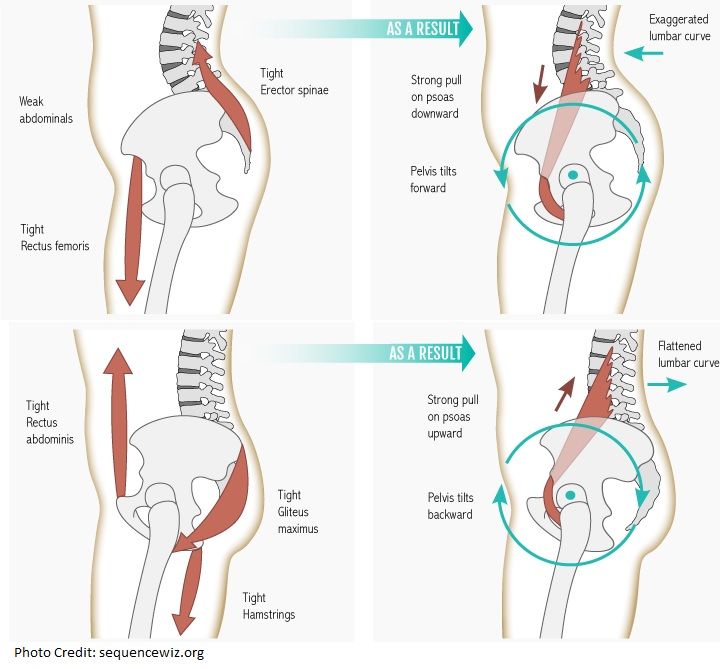 Brignall and Stainsby found that the mean duration of symptoms in these patients was 2 years and 2 months. In general, the patient himself can easily indicate where his problem is. The Visual Analogue Scale (VAS) can also be used to measure pain intensity. nine0003
Brignall and Stainsby found that the mean duration of symptoms in these patients was 2 years and 2 months. In general, the patient himself can easily indicate where his problem is. The Visual Analogue Scale (VAS) can also be used to measure pain intensity. nine0003
Read also the article: Differential diagnosis of patellofemoral and tibiofemoral pain.
Clinical examination should consist of the following tests:
- Palpation (the most painful area is the greater trochanter of the femur and the lateral border of the gluteus maximus).
- Gait and movement pattern analysis.
- Click demonstration.
- Range of motion of the hip joint.
- Muscle testing. nine0006
- Testing of the lower back and knee joint for the purpose of differential diagnosis.
Special tests
External cause:
- Auber test. Although this test is used to evaluate the iliotibial tract, it can also be used to diagnose snapping hip syndrome.

- Palpation of the greater trochanter during flexion, extension, internal and external rotation of the hip.
- Brignall et al used a special diagnostic test, before which the patient was located on a healthy side with a pillow under the buttock, and the affected leg was in an adducted state. Holding the knee in an extended position, the patient flexes and extends the leg. At the same time, clicks can be heard in the region of the greater trochanter. nine0006
- Hula-Hoop Test: Adduction and rotation of the hip can also cause clicks.
- The FABER test can be used to differentiate clicks due to an external cause from clicks due to an internal cause. By placing the hip in flexion, abduction, and external rotation and passively moving it into extension, adduction, and internal rotation, audible and/or palpable clicks can be induced.
Internal cause:
- Stinchfield test: the patient lies on his back with the hip flexed at 30°, the therapist asks him to flex the hip completely and resists.
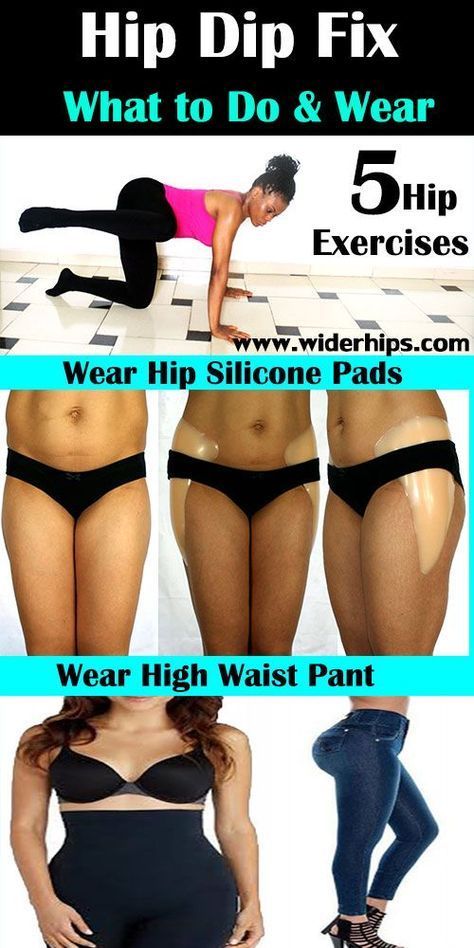 Pain in the groin indicates a positive test result.
Pain in the groin indicates a positive test result. - Thomas test.
- Iliolumbar stress test.
Real-time ultrasound can be used to more accurately differentiate between external and internal causes of snapping hip syndrome. This technique has replaced fluoroscopy with its ability to directly and non-invasively identify psoas and iliopsoas tendons and other hip joint capsule movements. nine0003
In general, it has been shown that patient reports of snapping hips can be regarded as a clinical picture of snapping hip syndrome. Moreover, an external cause can be confirmed during a clinical examination, and an internal cause can only be confirmed by ultrasound.
Treatment
As previously mentioned, most cases of snapping hip are asymptomatic and do not require intervention. However, in some cases, characterized by pain and / or limitation of physical activity, therapeutic measures may be required. nine0003
Conservative treatment
This is the first and most preferred treatment approach that includes methods commonly used to treat common forms of tendinopathies: rest, ice, non-steroidal anti-inflammatory drugs (NSAIDs), injections of corticosteroids or lidocaine, physical therapy.
Surgery
Only recommended as a last resort when conservative treatment has failed. The main goal is to lengthen and relax tense tendons/ligaments and eliminate the pathologies that are most commonly associated with snapping hip syndrome. Currently, there is some disagreement about which type of surgical treatment to prefer, based on the existing classification. However, researchers agree that when surgery is required, arthroscopic surgery provides better results and fewer complications than the traditional open approach. nine0003
Physical Therapy
Compared to the body of literature on surgical treatment, there is insufficient evidence for specific interventions focused on the conservative management of patients with snapping hip syndrome and/or tendonitis of involved structures. Given that this condition is classified as a syndrome, the physiotherapist must be prepared to detect several anomalies, each requiring individual consideration, i.e. the results of the examination of each patient determine the tactics of treatment.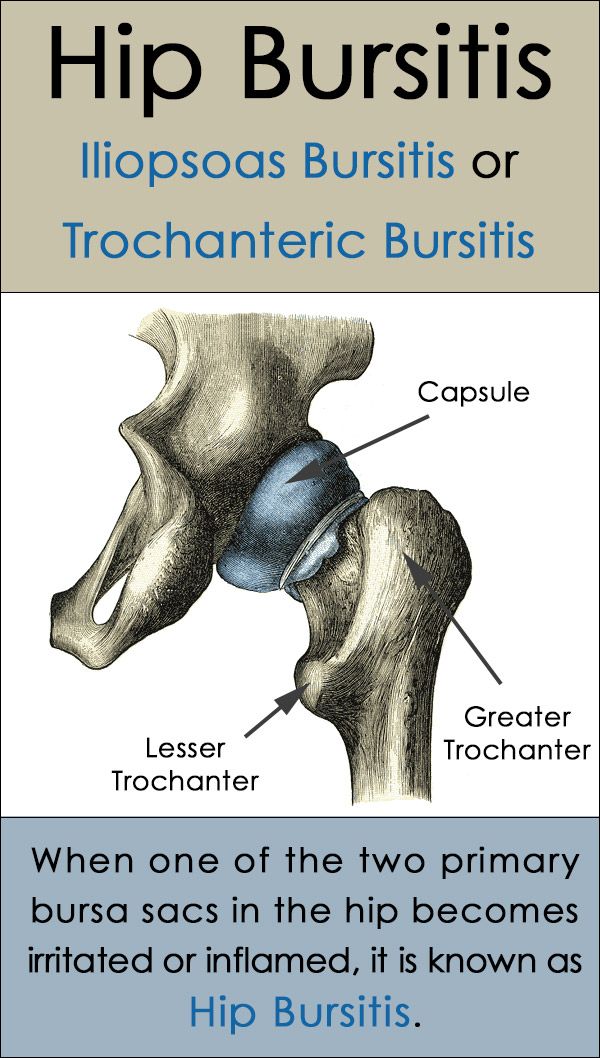 nine0003
nine0003
Since the mechanism of injury and the focus of the surgery are associated with excessive shortening of the iliopsoas tendon and iliotibial tract, patients may experience improvement from stretching of the iliotibial tract and structures of the anterior thigh (level of evidence 5, 2B, 2A in different studies).
Andres et al. conducted a systematic review of therapeutic interventions for tendinitis and determined that eccentric exercise showed the best results in reducing pain and increasing function compared with other physical therapy interventions (Evidence level 2A). nine0003
A case study has also been published showing complete resolution of pain in snapping hip syndrome. Myofascial release of the tensor fascia lata, adductor gluteus medius and gluteus maximus muscles was performed, and a program was selected to strengthen the hip abductors (LE: 4).
A systematic Cochrane review showed no benefit of transverse friction massage over other treatments (LE: 1A).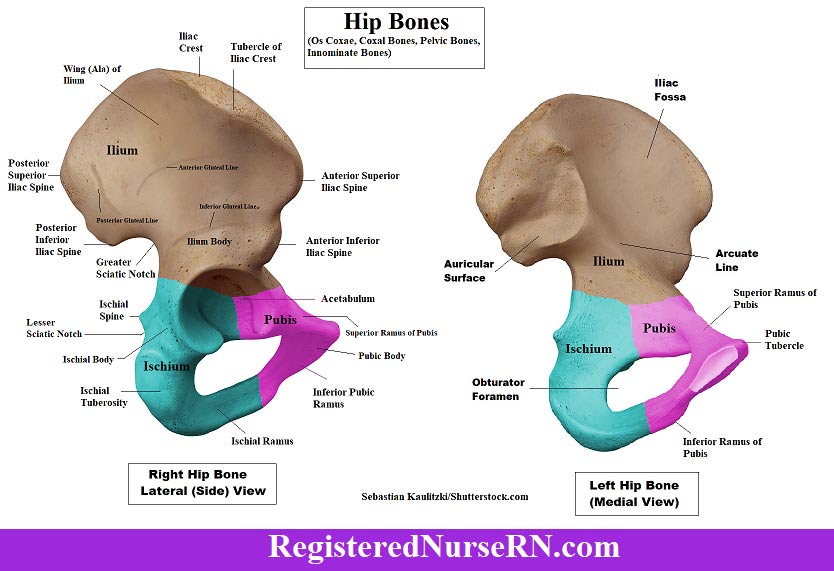 nine0003
nine0003
It is important that the patient is taught to avoid movements that cause pain and/or clicking. Once pain and discomfort have been eliminated, and an increase in the range of motion of the hip joint has been achieved, it is important for the patient to be taught how to move correctly. This helps to prevent the recurrence of symptoms in the future.
Source: Physiopedia - Snapping Hip Syndrome.
Snapping hip syndrome: treatment, causes, symptoms
Snapping hip syndrome: treatment, causes, symptoms nine0140 About the portalAND AND AND
- Diseases
- sports injuries nine0005 Video
- Good to know
- News nine0006
- I'm worried about
- Preparations
- First aid nine0006
- About the portal
- Contacts
What is it
Main types and causes of occurrence
Symptoms
Examination and diagnosis
Treatment
Exercise
Prognosis
Snapping Hip Syndrome or Coxa Saltans is a condition where a person feels clicks or hears characteristic sounds in the hip joint.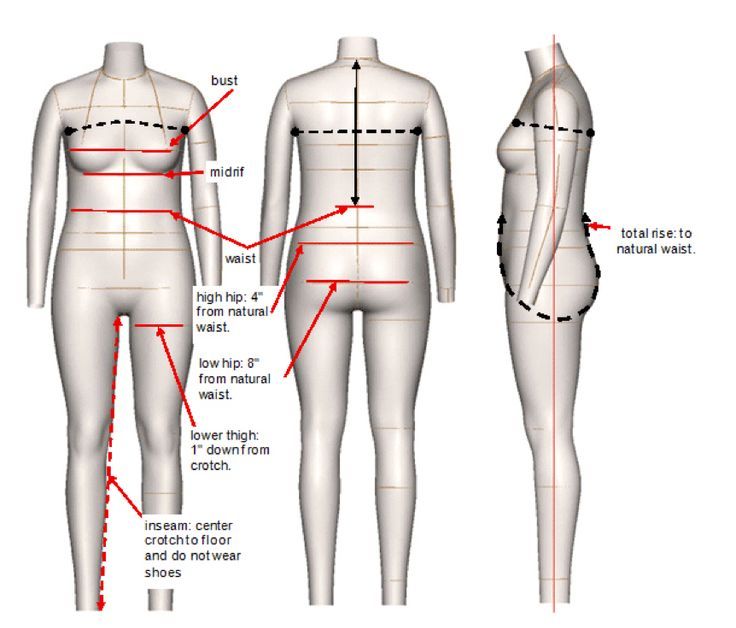 nine0003
nine0003
The syndrome occurs in people involved in professional sports, choreography, gymnastics and other active physical activities. Some patients feel weakness or pain when extending or flexing the hip. Sometimes there is a feeling of dislocation of the hip. This affects activity and the overall quality of life.
The main types and causes of occurrence
External
The cause of pain is constant contact of the ilio-tibial tract with the trochanter. The outdoor type is considered the most common. nine0191 People have clicks when running or climbing stairs. Often there is pain on the outside of the thigh. During the night period, pain intensifies if a person lies on the problem side. Symptoms are most often accompanied by trochanteritis - inflammation of the upper point of the femur.
Special tests
- Aubert's test: the patient lies on his side with the injured thigh up. The upper leg is straight, the lower leg is bent at the knee.
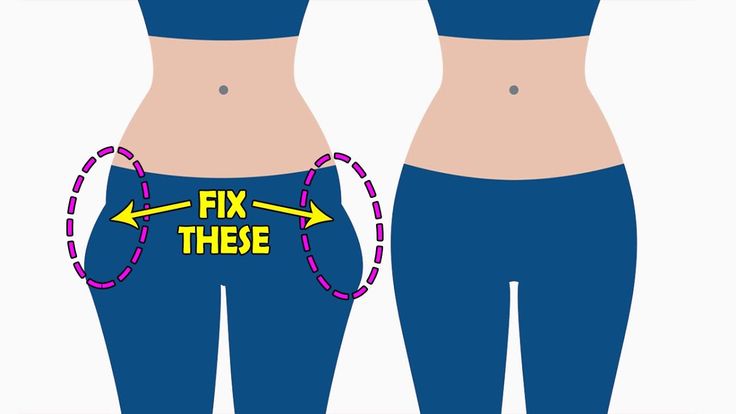 The doctor bends the upper leg at a right angle. After unbends and abducts the thigh, slowly lowering the limb. If the leg falls below the horizontal line without pain, the test is negative. nine0006
The doctor bends the upper leg at a right angle. After unbends and abducts the thigh, slowly lowering the limb. If the leg falls below the horizontal line without pain, the test is negative. nine0006 - Feeling the area of the greater trochanter during flexion, external and internal rotation of the thigh and checking the condition with circular rotations.
- FABER test: check for clicks during passive hip flexion.
Inner (in front of the thigh)
In this case, the problems are related to the tendon of the muscle. The click occurs when the thigh muscles slide over the protruding bony structures of the joint, or the quadriceps moves over the ball and socket. Symptoms come on gradually, worsen over time: crackling while running, pain in the groin area, when bending the hip. nine0003
Special tests
- Stanchfield test: the person lies on his back, hip flexion 30°. The doctor asks to bend the thigh completely, at the same time resisting it.
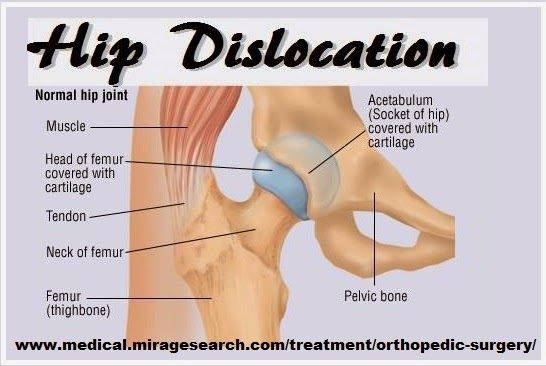 If there is pain in the groin, the test is positive.
If there is pain in the groin, the test is positive. - Thomas test: carried out in the supine position. The patient bends and grasps the knees so that the lower back touches the surface. After lowering one leg, keeping the hip and knee in a bent state. The test result is negative if the lower back does not come off the surface. nine0006
The intra-articular type is caused by impact injuries to the joint. For example, during a fall on a large skewer. The head of the femur strongly collides with the bottom of the acetabulum - as a result, the articular cartilage dies. With this type of syndrome, pain appears during movements: flexion, rotation of the extended hip.
Intra-articular type
Syndrome occurs due to problems inside the joint or cartilage damage. There is a change in the inner part of the capsules: ruptures of the acetabular lip and free joint muscles, osteoarthritis, chondromatosis of the hip joint. nine0003
Main symptoms
The condition is accompanied by a characteristic click in the inner or outer part of the hip joint.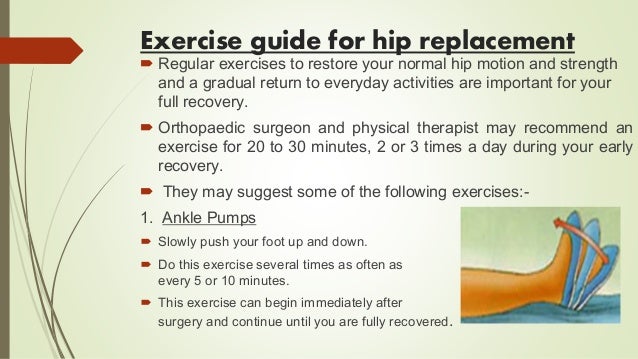 In addition to clicking, other symptoms occur.
In addition to clicking, other symptoms occur.
- pain and swelling;
- inflammatory processes;
- weakness in the legs when trying to lift a limb;
- problems with physical activity;
- Sensation as if thigh were failing.
Examination and diagnostics
During the examination, the doctor analyzes the patient's condition, collects an anamnesis: the location of the click, the period of onset of symptoms, the duration of symptoms, the presence of pain, the effect of clicks on physical activity.
The specialist uses a visual analogue scale to measure the intensity of pain. Clinical examination, in addition to palpation, includes special tests. To make an accurate diagnosis, the patient is sent for an ultrasound or MRI. nine0003
Treatment
Most often, snapping hip syndrome does not require intervention to recover.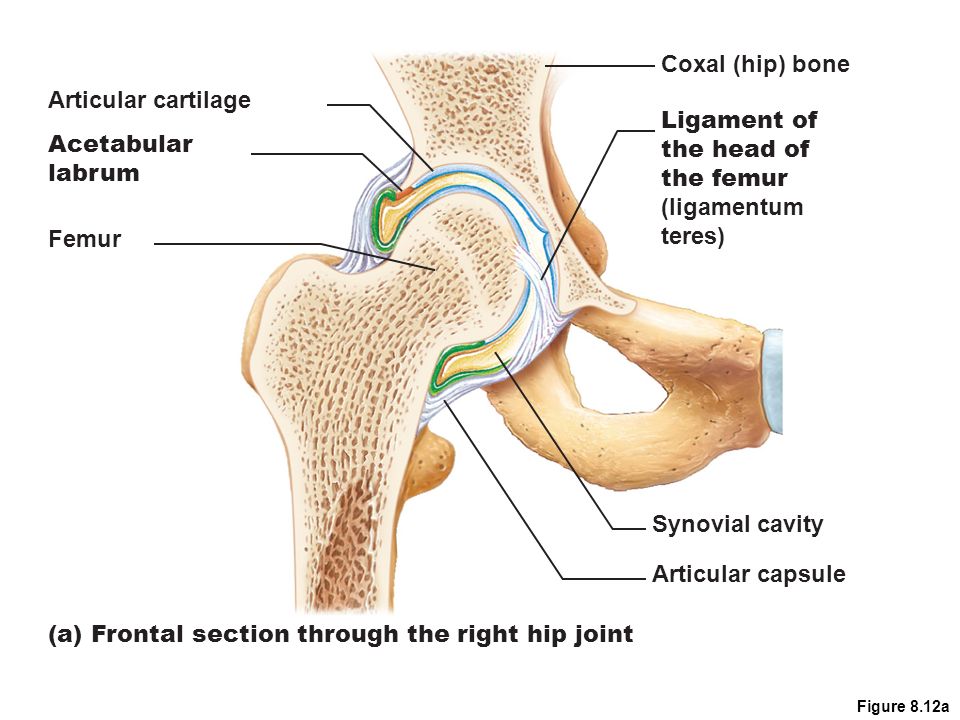 Only when a person is in pain or there are problems in movements, the doctor develops a therapeutic program.
Only when a person is in pain or there are problems in movements, the doctor develops a therapeutic program.
Conservative treatment and physiotherapy
Therapy is based on the exclusion of movements that cause unpleasant symptoms and on simple methods: taking anti-inflammatory drugs, rest, pain injections. For example, the Elox-SOLOpharm drug has analgesic, anti-inflammatory and antipyretic effects: it will help to cope with pain. Additionally, the patient is referred to a physiotherapist. Exercises to strengthen the muscles around the hip joint and stretching are recommended. nine0003
Surgical treatment
Surgery is rarely used when there is no result from conservative therapy. The goal of treatment is to relieve tension in the iliopsoas tendon. The type of operation depends on the reason for the click. For example, arthroscopy is used to remove or repair fragments of a torn upper lip. The surgeon inserts a small camera into the hip joint that displays a real picture to control the instruments.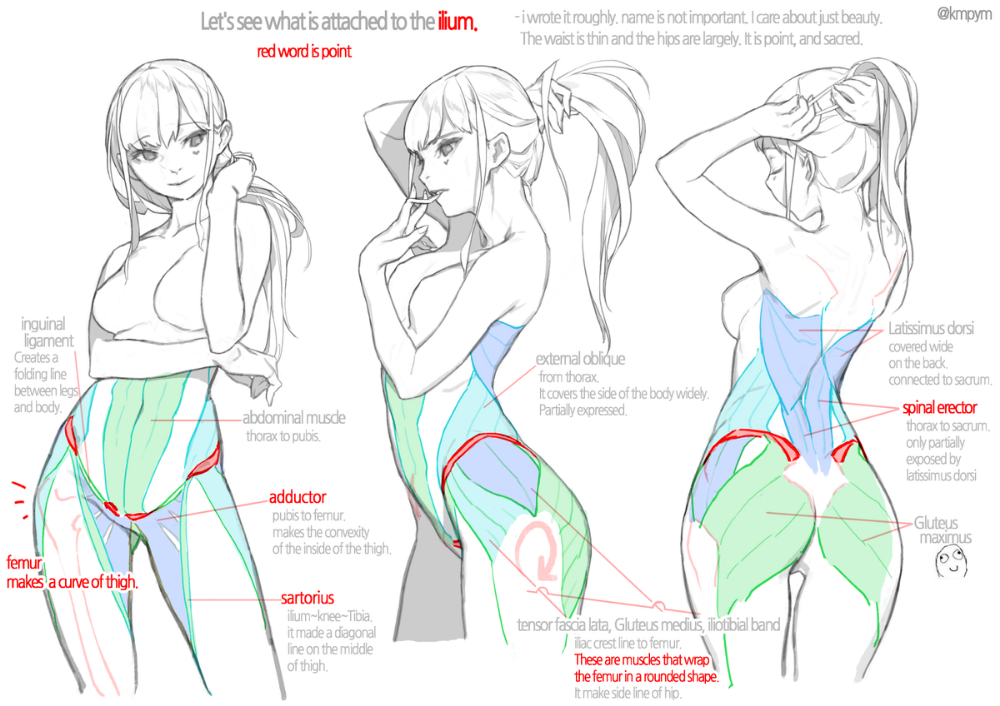
nine0140
Snapping hip syndrome
Try our set of exercises, developed in collaboration with specialists: this is a workout that takes into account the specifics of sports injuries.
Attention! If you've recently been injured, check with your doctor before you start exercising to see if it's right for your body.
Watch video
Exercises
PBT (Iliotibial Tract) Stretch
- Stand with the right side against the wall and cross the lower limbs, placing the right foot behind the left.
- Drive the hips towards the support until there is tension on the outside of the right leg.
- Hold the position for thirty seconds and repeat on the left side.
- Do 4 reps in 2-3 sets.
Piriformis Stretch
- Lie on your back with knees bent and feet flat on the floor. nine0006
- Place the right foot on the knee of the left, grasp the left thigh with the hands.

